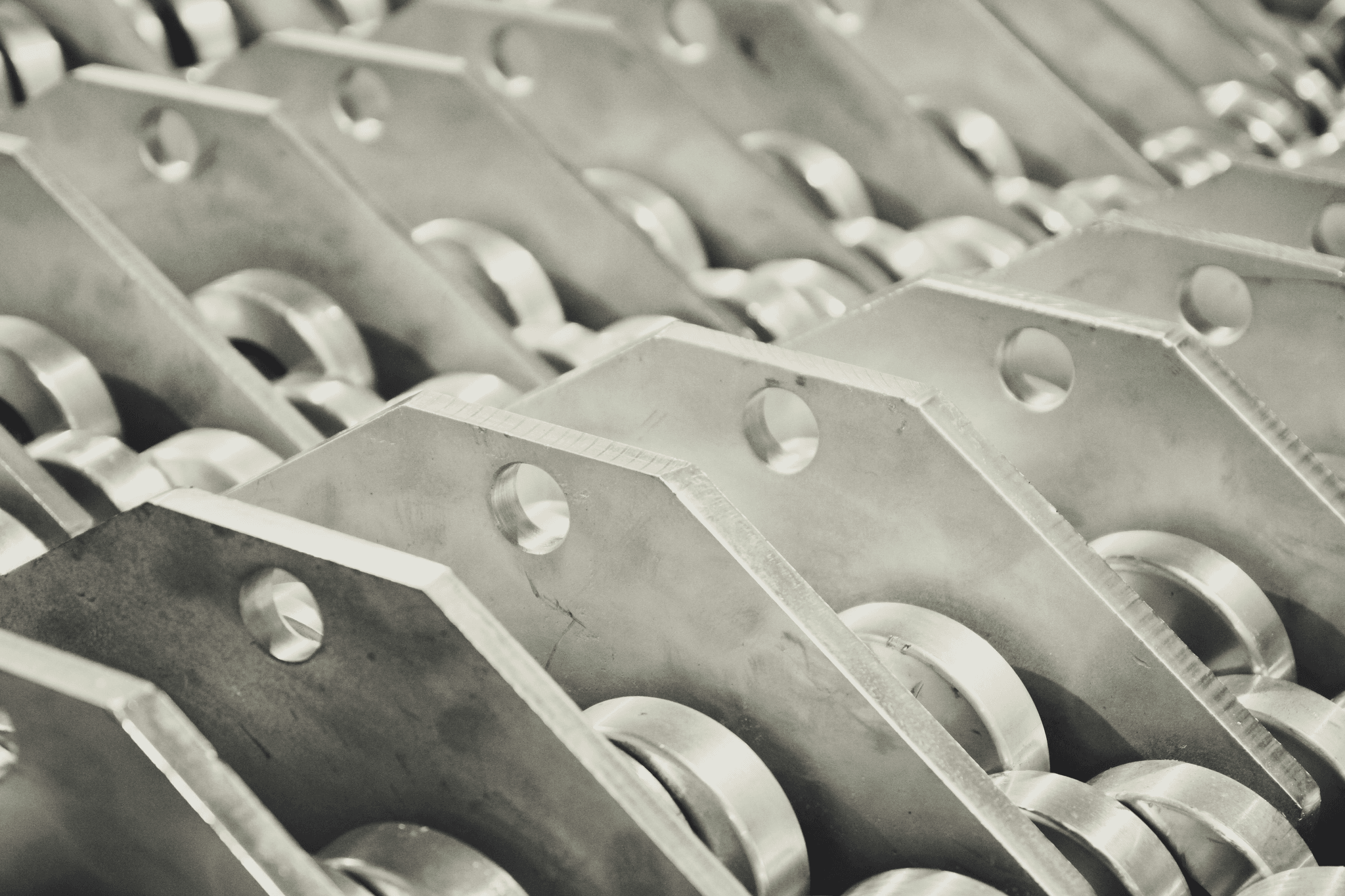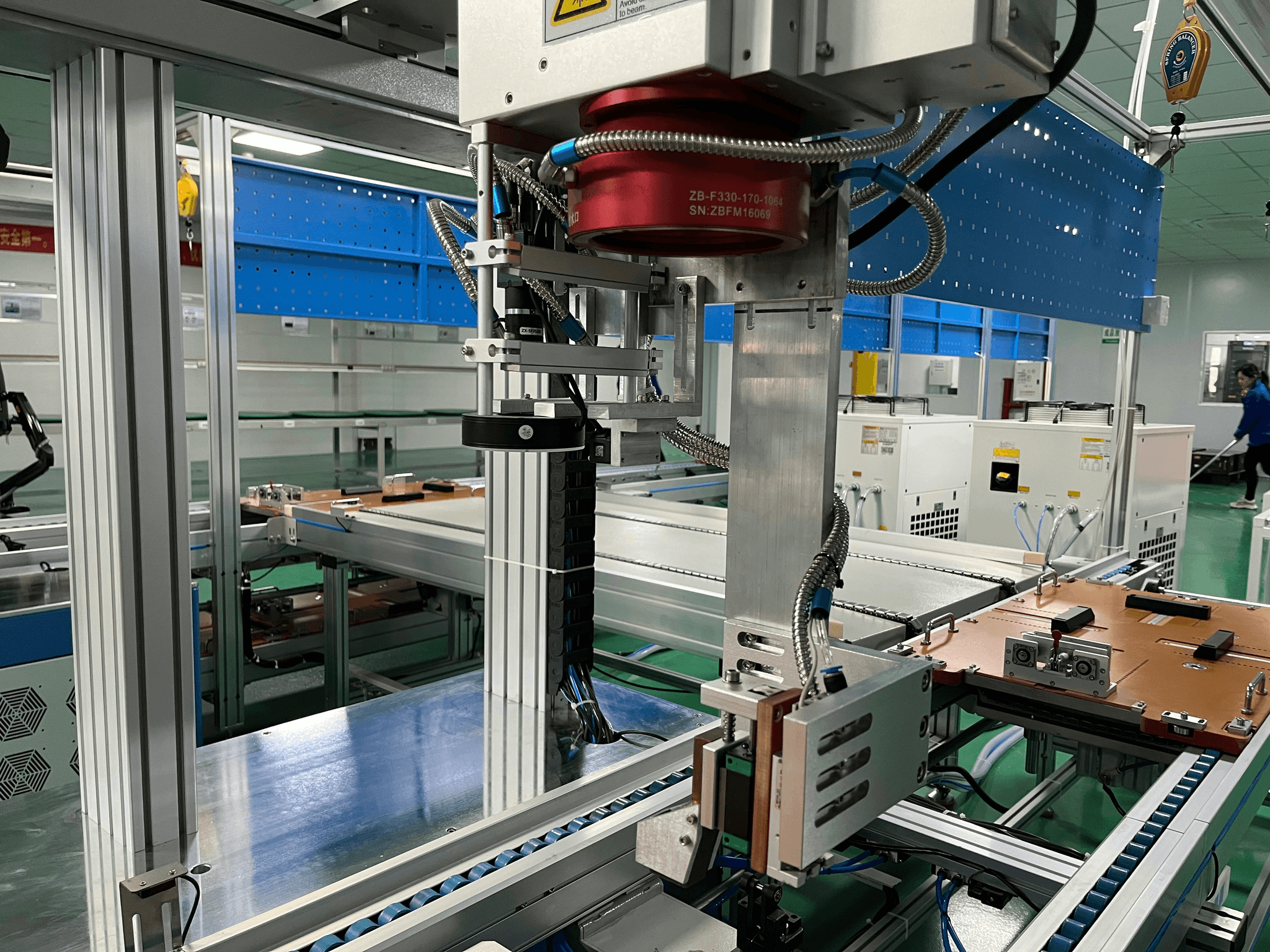Introduction

When it comes to aluminum die casting, the mold plays a crucial role in the production process. The mold is responsible for shaping and forming the molten aluminum into the desired part, making it a key component in ensuring high-quality castings. Understanding the intricacies of aluminum die casting molds is essential for optimizing production and achieving superior results.
Understanding Aluminum Die Casting Mold
The aluminum die casting mold is a tool used in the manufacturing process to produce complex and precise aluminum parts. It consists of two halves, the cover half and ejector half, which are assembled together to form a cavity where the molten aluminum is injected under high pressure to take on the shape of the desired part.
The unique aspect of aluminum die casting molds lies in their ability to produce complex and precise parts with high efficiency. The mold design allows for intricate shapes and details to be replicated with ease, making it ideal for a wide range of industrial applications. Additionally, the high pressure used in the injection process ensures that the molten aluminum fills every nook and cranny of the cavity, resulting in parts with minimal porosity and excellent surface finish. This level of precision and consistency is what sets aluminum die casting molds apart from other manufacturing methods.
What Makes Aluminum Die Casting Molds Unique
Aluminum die casting molds are unique due to their ability to withstand high temperatures and pressures during the casting process. This makes them ideal for producing intricate and detailed parts with excellent surface finishes. Additionally, aluminum molds offer exceptional thermal conductivity, allowing for rapid cooling of the casted parts.
Furthermore, aluminum die casting molds are known for their durability and long lifespan, making them a cost-effective option for manufacturers. Their ability to maintain dimensional stability under high temperatures ensures consistent and accurate production of parts, reducing the need for frequent mold replacements. This reliability ultimately leads to increased efficiency and reduced downtime in the manufacturing process.
The Cost of Aluminum Die Casting Molds
The cost of aluminum die casting molds can vary depending on factors such as design complexity, size, and surface finishing requirements. However, despite initial investment costs, aluminum molds are known for their durability and longevity, making them a cost-effective choice in the long run.
The Advantages of Aluminum Die Casting

Aluminum die casting molds offer a multitude of advantages that make them an ideal choice for various manufacturing needs. From their lightweight yet strong nature to their high thermal conductivity and cost-effective production, aluminum die casting molds stand out as a top choice for many industries.
Lightweight yet Strong
Aluminum die casting molds are prized for their lightweight yet durable properties, making them perfect for applications where weight reduction is crucial without sacrificing strength. This unique combination makes them the go-to choice for industries such as automotive, aerospace, and electronics, where high-performance materials are essential.
Aluminum die casting molds also offer high thermal conductivity, allowing for efficient heat dissipation during the manufacturing process. This is particularly important in industries such as automotive and electronics, where precise temperature control is crucial for producing high-quality products. The ability of aluminum die casting molds to quickly transfer heat away from the material being molded helps to maintain dimensional stability and reduce cycle times, making them a top choice for manufacturers looking to optimize production efficiency.
High Thermal Conductivity
One of the key advantages of aluminum die casting molds is their high thermal conductivity, allowing for efficient heat dissipation during the casting process. This feature helps to minimize cycle times and energy consumption while ensuring consistent part quality, making it an excellent option for high-volume production runs.
In addition to efficient heat dissipation, the high thermal conductivity of aluminum die casting molds also contributes to cost-effective production. By reducing cycle times and energy consumption, manufacturers can save on operational costs, making aluminum die casting an economical choice for high-volume production runs. This cost-effectiveness allows businesses to remain competitive in the market while maintaining high-quality standards for their products.
Cost-Effective Production
In addition to being lightweight and strong, aluminum die casting molds also offer cost-effective production solutions. Their ability to withstand high operating temperatures and pressures results in longer tool life and reduced maintenance costs, ultimately leading to more economical manufacturing processes.
With these remarkable advantages, it's clear why aluminum die casting molds are highly sought after in various industries. Their lightweight yet robust nature, high thermal conductivity, and cost-effective production capabilities make them a top choice for manufacturers looking to optimize performance while minimizing costs. Whether it's for automotive components or electronic enclosures, aluminum die casting molds deliver exceptional results that meet the demands of modern manufacturing.
Choosing the Right Material for Die Casting Mold

Aluminum vs. Steel: A Comparison
When it comes to choosing the best material for die casting molds, aluminum and steel are often compared. While steel is known for its strength and durability, aluminum offers lightweight yet strong properties that make it ideal for die casting molds. Aluminum also has high thermal conductivity, making it a preferred choice for parts that require efficient heat dissipation.
Why Aluminum is Ideal for Die Casting
The material used in die casting aluminum molds is primarily aluminum due to its superior properties such as lightweight, high thermal conductivity, and cost-effectiveness. These characteristics make aluminum an ideal choice for die casting molds, allowing for the production of complex parts with precision and efficiency.
Smart Part Engineering for Better Part Designs
Ningbo Buttler Precision Machinery Co., Ltd. specializes in smart part engineering to create better part designs for die casting molds. By utilizing innovative tooling designs engineered for cost-effective manufacturing, they maximize performance and casting quality while minimizing the need for secondary operations. This approach ensures that parts are optimized at no additional cost to the customer.
Factors Affecting Aluminum Die Casting Mold Cost

Design Complexity
The design complexity of an aluminum die casting mold can significantly impact its cost. More intricate designs require specialized tooling and longer production times, leading to higher expenses. Complex features and intricate geometries may also necessitate additional machining and finishing processes, further adding to the overall cost.
Part Size and Weight
The size and weight of the part to be produced also play a crucial role in determining the cost of an aluminum die casting mold. Larger and heavier parts require more material, increased machine capacity, and longer production cycles, all of which contribute to higher manufacturing costs.
Surface Finishing Requirements
Surface finishing requirements can have a substantial impact on the overall cost of an aluminum die casting mold. Parts that demand precise surface finishes or intricate textures may require additional post-casting processes such as polishing, plating, or coating, all of which add to the final cost.
The Process of Aluminum Die Casting

Aluminum die casting is a precise and efficient process that involves several key steps to produce high-quality parts. The process begins with die preparation and lubrication, followed by melting and injection, and ends with cooling and ejection.
Die Preparation and Lubrication
Before the aluminum is injected into the mold, the die must be carefully prepared to ensure that it is clean and free from any debris or contaminants. Lubrication is applied to the die cavity to facilitate the smooth release of the cast part after solidification.
Melting and Injection
The next step in the process involves melting the aluminum alloy at high temperatures and injecting it into the prepared die cavity under high pressure. This allows for the precise replication of intricate details in the mold.
Cooling and Ejection
Once the molten aluminum has been injected into the mold, it is allowed to cool and solidify. After reaching the desired temperature, the newly formed part is ejected from the die, ready for further processing or assembly.
Quality Assurance for Aluminum Die Casting Molds

Surface Treatment and Inspection
At Buttler Precision Machinery Co., we prioritize surface treatment and inspection to ensure the highest quality aluminum die casting molds. Our team meticulously examines every mold for imperfections, using advanced techniques to guarantee flawless surfaces that meet industry standards.
Our commitment to surface treatment and inspection extends beyond just meeting industry standards. We strive to exceed expectations by continuously researching and implementing the latest technologies and techniques in mold inspection. Our team is dedicated to staying ahead of the curve, ensuring that every mold undergoes the most thorough examination possible. This proactive approach allows us to identify and address potential issues before they impact the quality of our aluminum die casting molds.
Precision Machining
Our precision machining process is second to none, as we utilize cutting-edge technology and expert craftsmanship to create aluminum die casting molds with unparalleled accuracy and consistency. With Buttler, you can trust that your molds will be crafted with the utmost precision for optimal performance. In addition to our state-of-the-art machinery, our team of experienced engineers and technicians work tirelessly to ensure that every detail of the machining process is executed flawlessly. This dedication to perfection results in molds that not only meet but exceed industry standards.
Assembly and Packaging
After meticulous inspection and precision machining, our team at Buttler carefully assembles and packages each aluminum die casting mold with the utmost care. We take pride in delivering our products in pristine condition, ready for immediate use in your manufacturing processes.
Remember that choosing the right material for die casting molds is crucial for achieving high-quality results in your manufacturing processes. With Buttler's expertise in aluminum die casting mold production, you can trust that your molds will be engineered to perfection for cost-effective manufacturing and exceptional performance.
Conclusion

When it comes to maximizing performance with aluminum die casting, choosing the right mold material is crucial. Aluminum die casting molds offer the versatility and cost-effectiveness needed for efficient production. With proper quality assurance measures in place, such as surface treatment and precision machining, aluminum die casting molds can deliver high-quality parts consistently.
Maximizing Performance with Aluminum Die Casting
Aluminum die casting molds are the ideal choice for producing lightweight yet strong parts with high thermal conductivity. This makes them perfect for a wide range of applications across various industries. By leveraging the expertise of companies like Ningbo Buttler Precision Machinery Co., Ltd., you can ensure that your aluminum die casting molds are engineered for optimal performance and efficiency.
The Versatility of Aluminum Die Casting Molds
What makes aluminum die casting molds stand out is their ability to accommodate complex part designs while maintaining cost-effective production. The material used in die-casting aluminum molds allows for intricate details and thin walls, making it suitable for a diverse range of products. This versatility makes aluminum an excellent choice for manufacturers looking to produce high-quality parts at scale.
Quality Assurance for Die-Casting Molds
To ensure the quality and reliability of aluminum die casting molds, it's essential to prioritize surface treatment, inspection, precision machining, assembly, and packaging. These steps are critical in guaranteeing that each part meets the required specifications and standards. By partnering with experienced suppliers like Ningbo Buttler Precision Machinery Co., Ltd., you can benefit from their comprehensive quality assurance processes.

